A Sustainable Haven in Harvard
Situated on a tranquil two-acre site in Harvard, Massachusetts, the Jenson-DeLeeuw Net-Zero Energy (NZE) House stands as a testament to sustainable living. Spanning 2,000 square feet, this home is fully powered by solar energy, boasting cutting-edge technology and thoughtful design.
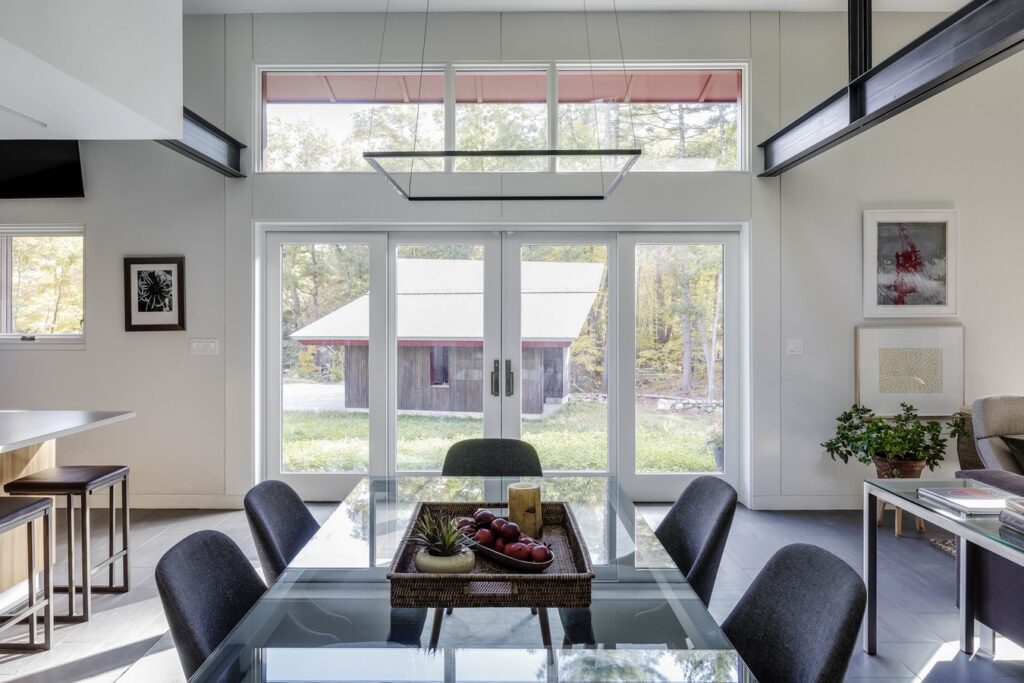
Integrated with Nature
Named “Rivendell” by its Tolkien-loving owners, the NZE House is carefully nestled into its natural surroundings. Positioned on the site’s highest elevation, the house captures ample sunlight for energy generation while offering breathtaking views of the rustic landscape. Passive design principles, including deep overhangs and open floor plans, ensure comfortable living year-round.
Clean Energy Generation
The house’s energy network comprises 56 LG photovoltaic solar panels, generating 21,000-kilowatt-hours annually. Surplus energy is stored in two sets of Sonnen batteries, ensuring uninterrupted power supply even during inclement weather. With a certified HERS rating of –23, the NZE House generates 23% more energy than its counterparts of similar size, significantly reducing energy costs for its occupants.
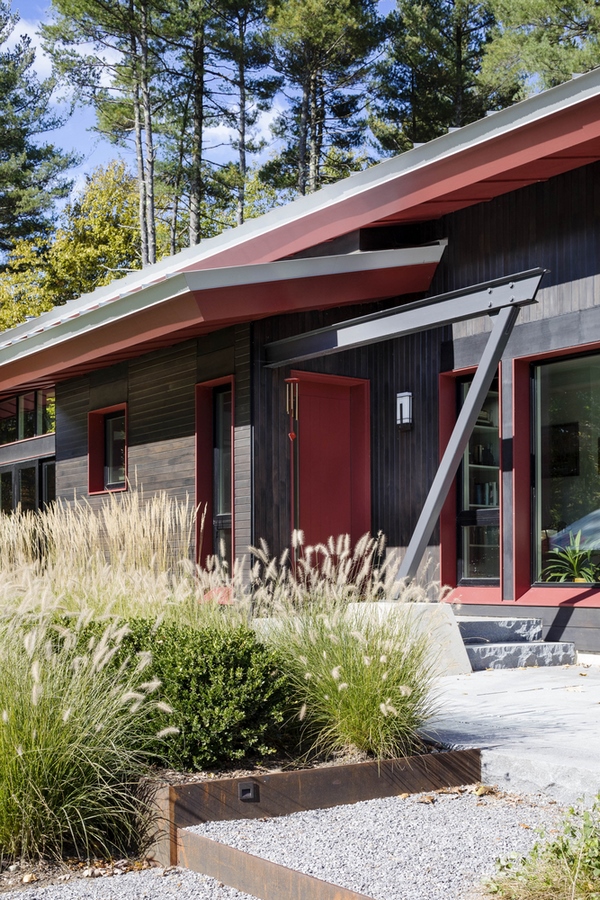
Embracing Passive Solar Design
Expansive southern windows flood the interiors with natural light and warmth during the winter months. Deep roof overhangs shield the rooms from excessive sunlight, while open layouts facilitate natural ventilation. Triple-glazed windows, insulated walls, and a wood stove provide additional comfort and warmth during colder seasons.
Sustainable Construction
The NZE House incorporates advanced building materials, including Huber Engineered Woods’ Zip System, ensuring superior insulation and moisture control. Weathered cedar siding blends harmoniously with the natural surroundings, reinforcing the house’s integration with nature.
An Energy-Plus Prototype
As a prototype for future net-zero-energy homes, the NZE House sets a new standard for sustainable living. By harnessing renewable energy, minimizing environmental impact, and prioritizing occupant comfort, it proves that sustainable homes can be both environmentally friendly and aesthetically pleasing.


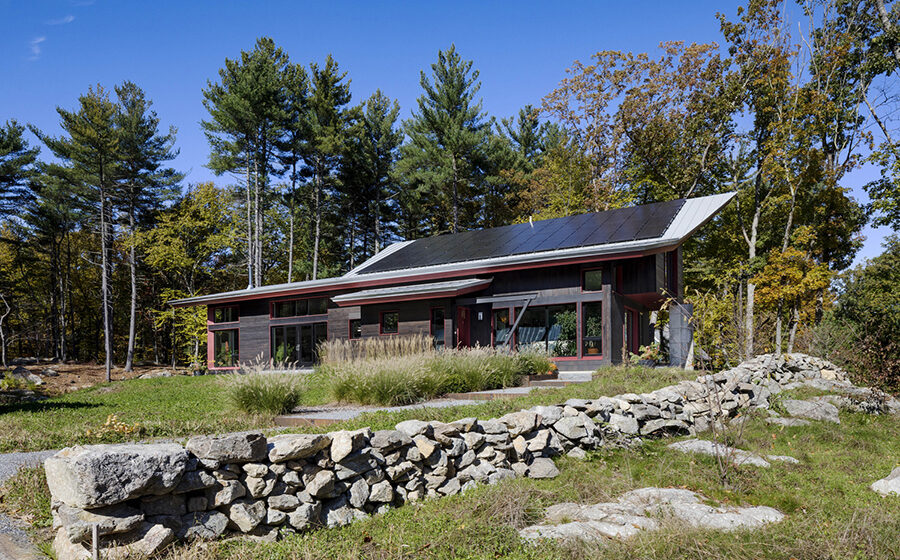


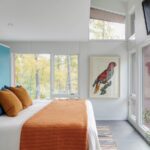
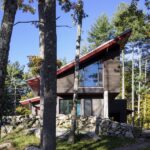
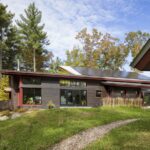
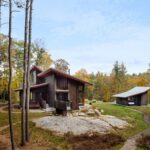
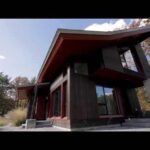

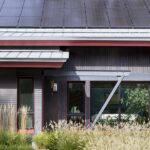

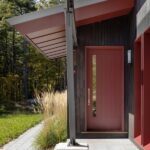

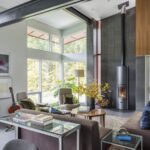
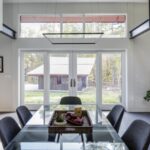
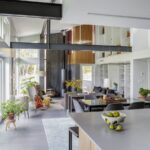
Leave a Reply